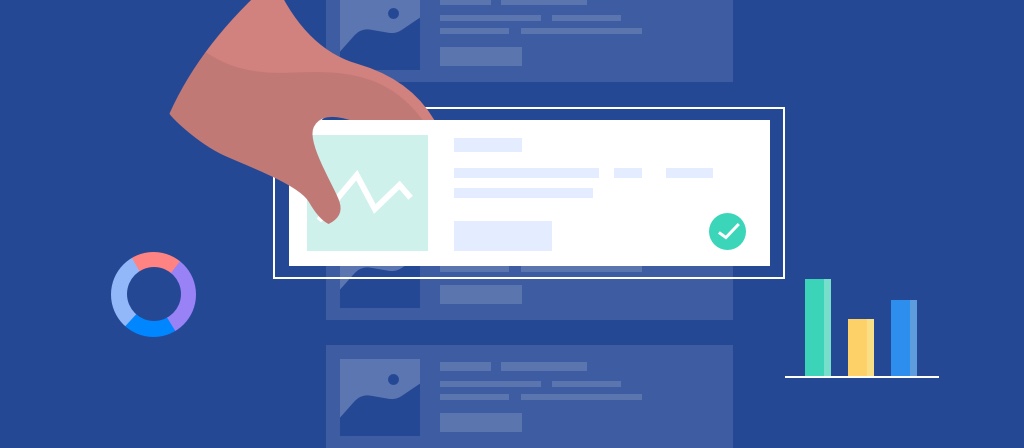
Definition of Dataset
A dataset refers to a structured collection of data organized and stored for specific purposes. It can include text, images, audio, video, or other forms of data and is commonly used for analysis, modeling, and AI training.
In fields like machine learning, artificial intelligence, and data analysis, datasets form the foundation for building models and drawing insights.
Key Elements of Datase
- Data Points (Samples): The basic units making up a dataset, such as a review, an image, or an audio clip.
- Features: Attributes or variables describing a data point, like image resolution or language type.
- Labels: The answers or classifications associated with data points, essential in supervised learning.
- Metadata: Information describing the data itself, such as collection time, source, and format.
Types of Datasets
- Structured Datasets: Organized into clear fields, like spreadsheets or database tables.
- Unstructured Datasets: Data without a predefined structure, such as text, images, or videos.
- Semi-structured Datasets: Data with partial structure, like JSON or XML files.
Dataset vs. Database
| Attribute | Dataset | Database |
|---|---|---|
| Structure | May be structured or unstructured | Highly structured |
| Update Frequency | Usually static or periodically updated | Real-time read/write |
| Main Purpose | Analysis, modeling, AI training | Data storage, management, retrieval |
| Scalability | Portable from small to large | Massive scale, server-dependent |
Relationship Between Dataset and Data Collection
- Data collection is the process of gathering raw information from sources like websites, devices, or sensors.
- Datasets are structured, cleaned, and formatted collections of this raw data, ready for direct use.
Simply put, data collection is acquiring the raw material, while a dataset is the polished final product.
How to Create a High-Quality Dataset?
- Define Goals: Clearly determine the task or model the dataset will support.
- Set Collection Standards: Establish consistent data acquisition rules.
- Collect Data: Use crawlers, APIs, surveys, or sensors.
- Clean and Preprocess: Remove errors and duplicates; standardize formats.
- Label the Data: Add labels, especially for supervised learning tasks.
- Validate and Optimize: Continuously test and improve the dataset quality.
Common Use Cases for Datasets
- AI Training: Natural language processing, computer vision, large-scale model training.
- Market Research: Collecting consumer feedback and competitive intelligence.
- Academic Research: Data analysis across social sciences, medicine, finance.
- Product Optimization: Analyzing user behavior to enhance user experience.
Benefits of Using Datasets
- Improve AI/machine learning model accuracy
- Enable more scientific business decision-making
- Optimize workflows and reduce operational costs
- Support innovation in product and feature development
Why Residential Proxies Are Crucial for Dataset Building
When collecting data and constructing datasets, why are residential proxies essential?
Key reasons:
- Protect Anonymity: Prevent detection and bans during data collection.
- Bypass Access Restrictions: Overcome geo-blocks and content limitations.
- Increase Success Rate: Reduce captchas, redirects, and IP bans.
- Expand Data Coverage: Access diverse content globally with real IPs.
- Enhance Stability: Simulate real user behavior for more natural connections.
Practical Applications of Residential Proxies in Dataset Building
1. AI Chatbot Training Data Collection
- Goal: Gather multilingual conversational texts.
- Challenge: Regional content restrictions, risk of being blocked.
- Solution: Use 922S5Proxy’s rotating global IPs for seamless scraping.
2. E-commerce Price Monitoring Dataset
- Goal: Track prices on Amazon, eBay, and other platforms.
- Challenge: High-frequency requests leading to bans.
- Solution: High-anonymity residential proxies to mimic real-user traffic.
3. Multimodal Visual Dataset Collection
- Goal: Collect images and videos for visual recognition training.
- Challenge: Access restrictions, slow download speeds.
- Solution: High-bandwidth proxies for large-scale HD media downloads.

How Residential Proxies Enhance Dataset Quality
| Dimension | Role |
|---|---|
| Higher Anonymity | Covert data collection without detection |
| Increased Success Rate | Reduce request failures and bans |
| Greater Data Diversity | Collect richer content across locations |
| Speed Optimization | High-speed concurrent scraping |
| Compliance Assurance | Authorized IP resources to minimize legal risks |
How to Choose the Right Residential Proxy Service for Datasets?
Key criteria:
- Large IP pool, wide geographic coverage
- High bandwidth, fast single-IP speed
- Flexible IP rotation mechanisms
- Transparent, flexible pricing
- API access and technical support available
- High compliance and stable connections
Recommendation: 922S5Proxy — massive pool of real IPs, flexible billing, top-tier cost-performance ratio, ideal for large-scale AI dataset building.
Conclusion
In AI, data analytics, and market research, datasets are the foundation for innovation and success.
To build high-quality datasets, a scientific data collection process combined with professional tools like residential proxies is essential for improving efficiency, legality, and data integrity.
As the global network environment becomes more complex, proxy IP technology—especially residential proxies—will continue to be a core resource for successful dataset creation.
Choosing a premium provider like 922S5Proxy is a smart move to accelerate your project outcomes.



